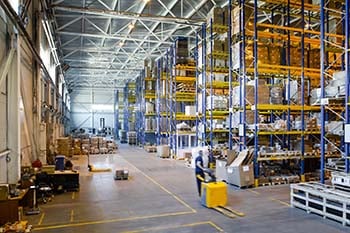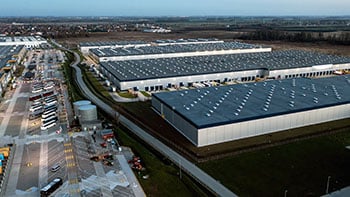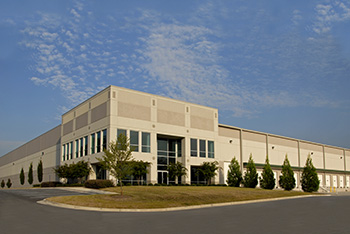Warehouse management systems (WMS) can offer unparalleled functionality and control of the inventory and fulfillment processes when implemented appropriately. To gain the most benefit from your WMS, you must consider several prerequisites to unlock the full potential.
Recently we worked with a multichannel e-commerce company with sales of $46 million annually. The assignment was to plan out the process needed to implement a full WMS. Like many small to mid-sized e-commerce companies, they had grown steadily without investing in technology.
- They used a major accounting system as their fulfillment system.
- They keyed the results of receiving product into the accounting system to record inventory. Orders and returns were processed, and inventory was released at shipping.
- The fulfillment staff “knew where every SKU was” in the 5,000 SKU assortment, but if anyone made any changes to inventory location, chaos ruled.
- The inventory accuracy was 95% at best.
- The only use of bar coding and scanning was in outbound shipping via UPS.
Management felt they could double sales in three years. The primary objective for the multi-year project was to achieve accurate tracking of all products, customer orders and returns through the fulfillment center. Secondarily, they wanted to reach 99.0%+ inventory accuracy, eliminating errors in paperwork. A tertiary objective was to be able to tap into detailed operational data that could be used to manage the fulfillment center, especially the use of labor.
Since there was a lack of technology in the center, four foundation prerequisites were required to make full use of all WMS functionality. WMS vendors will have these prerequisites as part of their implementation and system offering. As you plan out your WMS project, these foundations have to be in place to make the WMS fully operational and gain the benefits.
These four foundations are:
- Warehouse aisle mapping and barcode labelling of all warehouses, zones, aisles, levels and bin and slot locations;
- Appropriate scanning technology and wireless access points (WAP) to collect all data on-line, real time throughout the warehouse;
- Barcode labelling of all products, largely through vendor source labelling and some internal labelling;
- Implement barcode-based process changes to dramatically increase accuracy, with speed and with decreased errors.
Building the WMS foundation
If you are a growing fulfillment company that has not spent time developing these four foundation prerequisites, here is a brief description of why they are essential to gain the maximum benefits possible with WMS:
Warehouse aisle mapping and barcode labelling of all warehouses, zones, aisles, levels and bin and slot as well as floor designated locations.
This is essential to many of the functions in the WMS. This will allow you to implement scanning technology (and move away from paper based processes) for inventory location control, and to allow scanning transactions for put away, replenishment, picking, returns processing throughout fulfillment.
In the client example above, this allows the company to pick by bin/slot location rather than using paper based picking and “tribal knowledge.” Once the WMS is operational, it will be important to optimize the pick path to gain many of the productivity benefits. This will mean revisiting product slotting in order to gain the expected productivity advances. Mapping out the bin/slot locations, deciding the aisle naming schema and doing the physical labelling will take planning and effort.
Implement product labelling.
Barcode labelling at the SKU level is crucial to utilizing a WMS, and to be able to identify product and to utilize scanning for transactions throughout the fulfillment process. Barcoding products significantly reduces error in reading units of measure for eaches, inner packs and cases; and avoiding errors in picking or replenishing the wrong unit of measure that could lead to very costly mistakes. When product scanning is applied in inventory cycle counts and physical inventories, it speeds up the process, and minimizes human errors which happen in manual counting. Many products are now source labelled by the manufacturer or distributor - but in most companies there will be a percentage of SKUs that need to be internally labelled. Product labelling is a new discipline in fulfillment centers which do not use scanning technologies currently.
Implement automated data capture and wireless technology to collect all data on-line, real time.
Voice systems, pick-to-light and put-to-light systems, scanners (including handheld and finger scanners), vehicle-mounted terminals, tablet and smartphone devices, and wearable computers are all part of automated data capture technology. This technology is necessary to collect data throughout the warehouse from these automated systems.
Implement barcode based process changes.
The objective of these changes should be to eliminate manual recording of data into the WMS. Paper based systems are error prone and have low productivity. Using barcode scanning systems in receiving, put away, replenishment, picking, packing, DC inventory control, shipping and returns reduces errors, speeds up the processes and makes high inventory accuracy possible. Warehouse management systems help standardize processes and reduce training time. Unlike paper-based systems which require manual entry and delay, the detail becomes available on-line and real-time.





SHARE